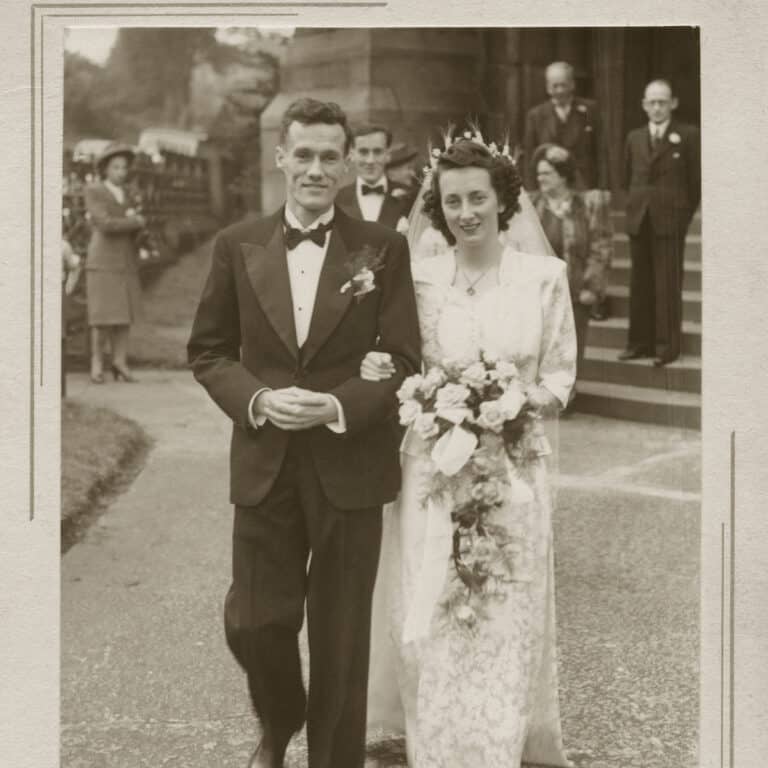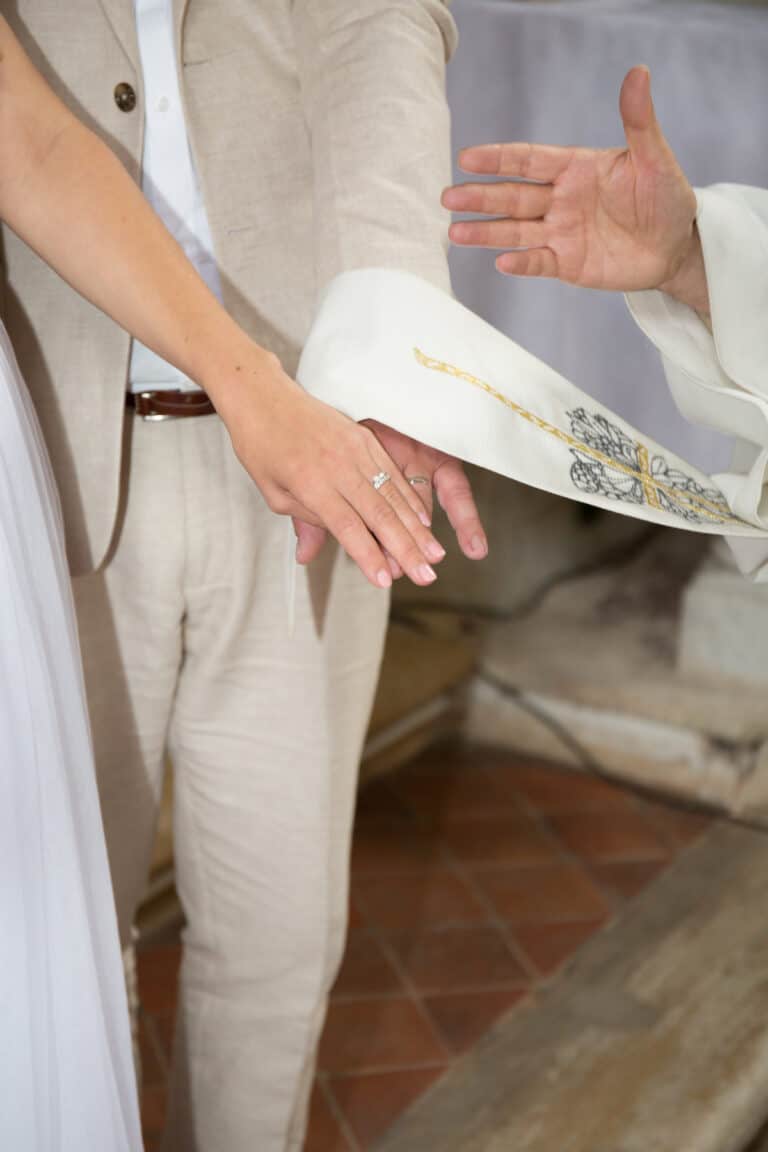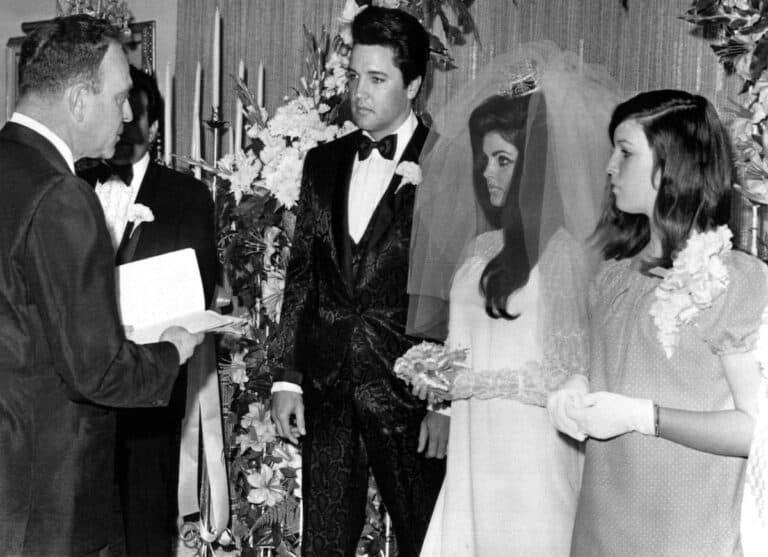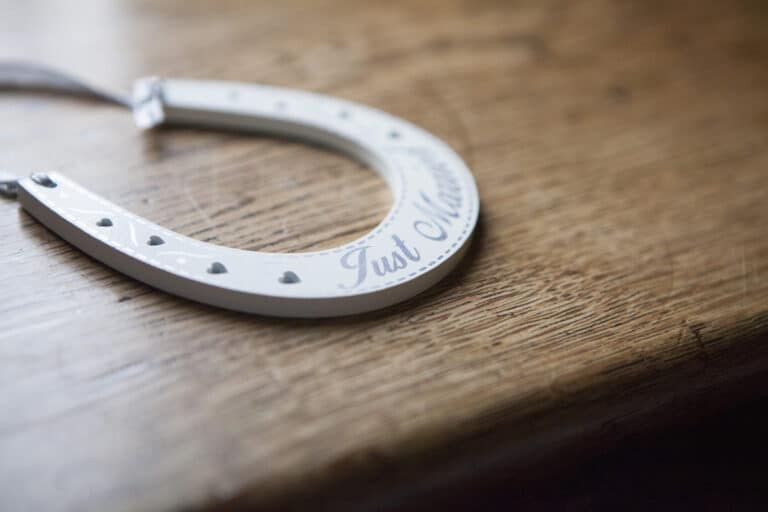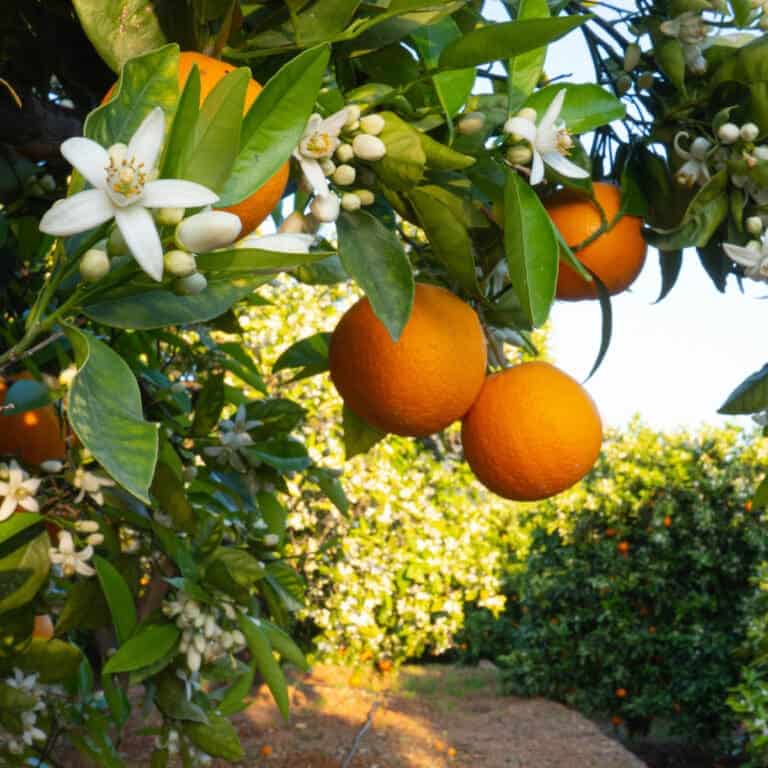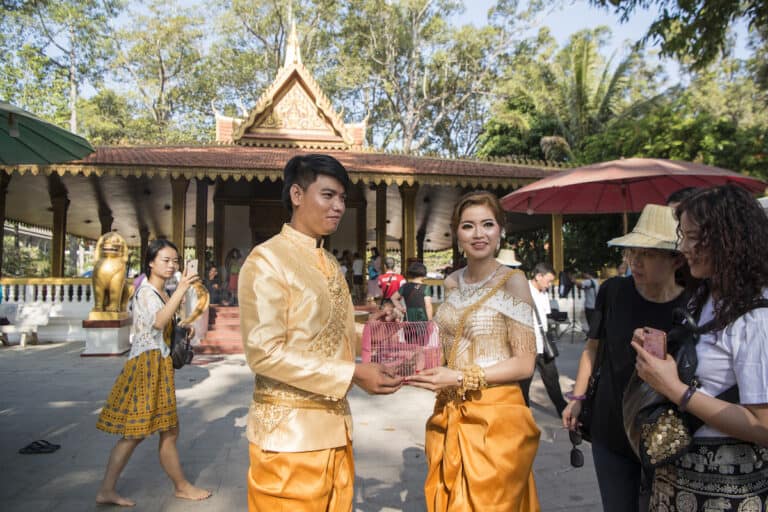Lebanese Wedding Traditions
When it comes to luxurious weddings, the Lebanese people take the lead. Their weddings are culturally rich since they combine Middle Eastern and African cultures.
Lebanon is home to a vibrant and diverse culture, with interesting and unique wedding traditions passed down through generations. Lebanese weddings are known for their colorful and festive celebrations, full of rituals and feasts designed to bring families together.
These Lebanese traditions can vary from region to region, but many core components remain the same. From the henna ceremony to the wedding ceremony, each aspect of a Lebanese wedding is filled with symbolism and meaning deeply rooted in the culture.

Pre-wedding Celebrations
In most African and Middle Eastern cultures, weddings are jubilant and extravagant, and Lebanese are no different. The lavish celebrations begin long before the wedding, with pre-wedding parties and henna. Before the actual big day, both families celebrate individually for days spending some time eating, drinking, and dancing.
Henna Party
Family members usually host a henna party on the eve of a Lebanese wedding. A family relative paints elaborate patterns on Lebanese couples using henna. The painting symbolizes good luck and fortune in their union.
There is no specific spot where the henna is to be painted, but it is common for it to be drawn on the groom and bride’s pinky, after which the guests will wrap it in gold or money.

Bridal Jewelry
A day before the wedding day, the groom’s parents and wider family takes extravagant gifts to the bride’s home. The gifts include gold and diamond jewelry for the bride to wear on the wedding day.
Most of the time, a gold necklace is presented as a gift for the bride.
Wedding Dress
Since Lebanese weddings are predominantly Muslim, the bridal gowns are modest. The Lebanese brides are viewed as princesses, and their wedding dresses are meant to show that. The Lebanese brides pick elaborate white gowns with impressive floral or sparkly designs.
Many brides wear Zuhair Murad and Elie Saab’s designer gowns paired with exquisite tiaras, veils, or hijab for Muslim brides. Zuhair Murad and Elie Saab are Lebanese designers known for their extravagant gowns.
Wedding Cake And Cake Cutting
Extravagance is not spared when it comes to the cake. Lebanese weddings have huge cakes that can be as high as nine tiers. The cutting of the cake marriage ceremony is large, elaborate, and colorful. It starts with fireworks that light up the entire reception area. Both the bride and groom assist each other in cutting the cake by placing their hands on top of each other.
At a Lebanese wedding, the cake is very symbolic. The sweetness of the cake is an indication of good moments in the marriage. It is also baked using wheat flour which is a symbol of fertility.
Like in several Arab cultures, the Lebanese also cut their cake with a sword. Often ceremonial swords are passed down to the groom from the family. The wedding cake tradition usually ends with the new couples exchanging a kiss. Some believe this kiss to be the couple giving a part of their soul to the other in a pledge to be soulmates forever.
Lebanese Zaffe
Exuberant groups of musicians and dancers lead the procession from the bride and groom’s home to the venue. This procession is known as Zaffe. The procession includes zaffe dancers, musicians, and men carrying flaming swords.
As the couples pass through the streets to the reception venue, it’s common to see well-wishers throw flower petals, candy-coated almonds, rice, and other symbols of prosperity, fertility, and good fortune on the couples.
A Lebanese wedding is considered incomplete without a zaffe. A zaffe usually involves the couple making a grand entrance and dancing into the reception as the dabke, a group of traditional Lebanese folk dancers, encircle the couple. The dance also involves belly dancers, which signifies the bride’s transition to a sensual woman.
Dough On The Wall
After the wedding, the bride carries some dough and sticks it to the door of the house to represent her matriarch role.
The new wife needs to smash this dough on the wall so that it sticks. If it does, then it means the marriage will be successful but if it is deemed a bad sign if it doesn’t.
Lebanese Food
Having great food is a big part of Lebanese weddings. It is all about family and friends so food is served and shared for everyone to eat in unison.
Middle Eastern cultures are known for their hospitality and generosity, which extends to their weddings. The reception includes multiple small dishes, Mezze, served with alcoholic or non-alcoholic beverages. The Mezze can include yogurt, salad, vegetables, eggs, tahini, and various meat and fish dishes.
Foods shared at the wedding include 3-course Lebanese meals like kafta, fattoush, kibbeh, sfeeha, manakish, and tabouleh.
Abundant food can show your family’s wealth; however, it is important to provide enough food for your guests to keep them energized for dancing and socializing.
Traditional sweets like maamoul, baklava, kanafeh, nammoura, and atayef, are often used as desserts during Lebanese weddings.
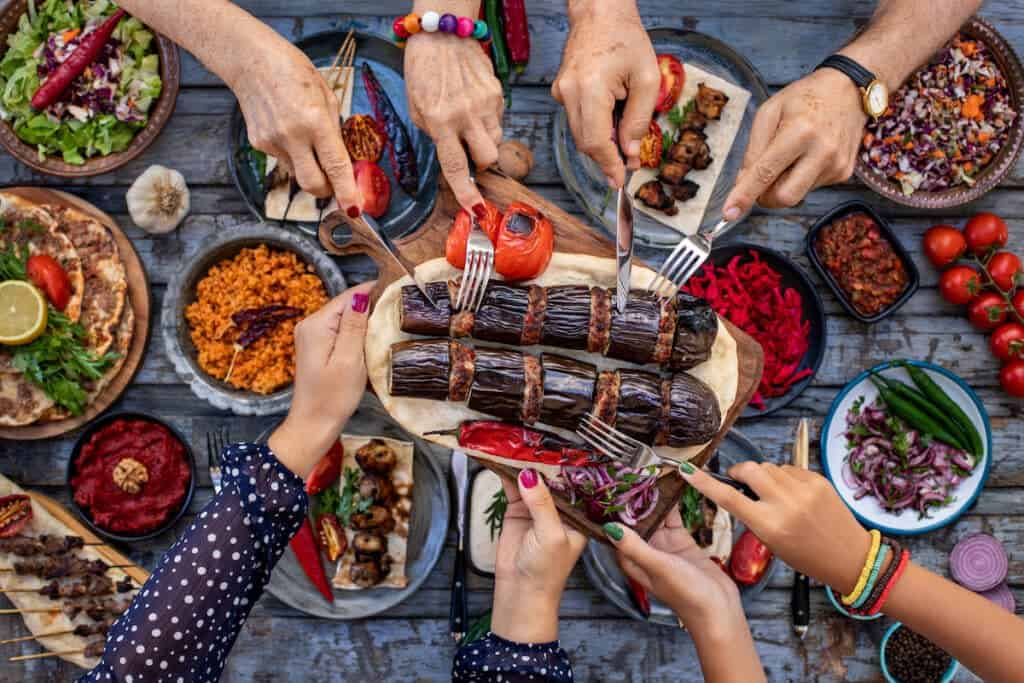
Zalghouta
The zalghouta is a shrill cry made by women from both the groom’s and bride’s families. This act of ululating is done with the throat and tongue and hits very high notes. It is done to signify their excitement and shower blessings on the new couple. Ululation is not peculiar to the Lebanese. Egyptians have their shrill cry called zaghareet and many other Middle Eastern and African cultures have their specific shrill cry. Nevertheless, the difference is that the Lebanese zalghouta contains poetry verses and some words.
Apart from the jubilation, the verses in the zalghouta also celebrate the couple, bless them, and cheer them.
Laylieh
Another Lebanese pre-wedding tradition is the Laylieh, a bachelor’s or bachelorette wedding party. The groom’s parents usually host the big party, and the bride’s family does the same for her.
Shortly after, the groom, his family, and friends crash the bride’s family party and steal her away.
Fireworks
Lebanese weddings are all about glitz and glamour. The wedding venues are decorated with beautiful décor and sparkly objects. Fireworks add glamour to the wedding reception and they start during the cake-cutting ceremony.
You expect the fireworks to continue until late in the night as the couple and guests dance and celebrate. The extensive fireworks display also creates a sparkling background for photoshoots and enlightens the mood for the reception.
Married Couple Last To Leave
In Lebanese custom, the new couple must be the last to leave the reception venue. It is considered disrespectful for the newlyweds to leave before their guests.
Lebanese wedding venues are typically large to accommodate weddings’ vitality and excitement better.
Kidnapping Of Groom
The kidnapping of the groom is a fairly old tradition but some families still perform it. The groom’s family will kidnap him and allow the bride to keep searching for him until the wedding day.
This was performed in the past and very few Lebanese families still adhere to the ritual.
Wedding Gifts
After the wedding, friends, and family take gifts to the bride and groom. The gifts might include flowers and other extravagant gifts. Their families might also give them a sum of money to help them in their new journey as a family.
Final Thoughts
Everything about the Lebanese wedding, from the pre-wedding parties to the elaborate procession to the dancing, food, firework displays, and wedding dresses, are all joyful and lavish. Despite global modernization, many couples intend to uphold these traditions to connect better and preserve their Lebanese culture.

